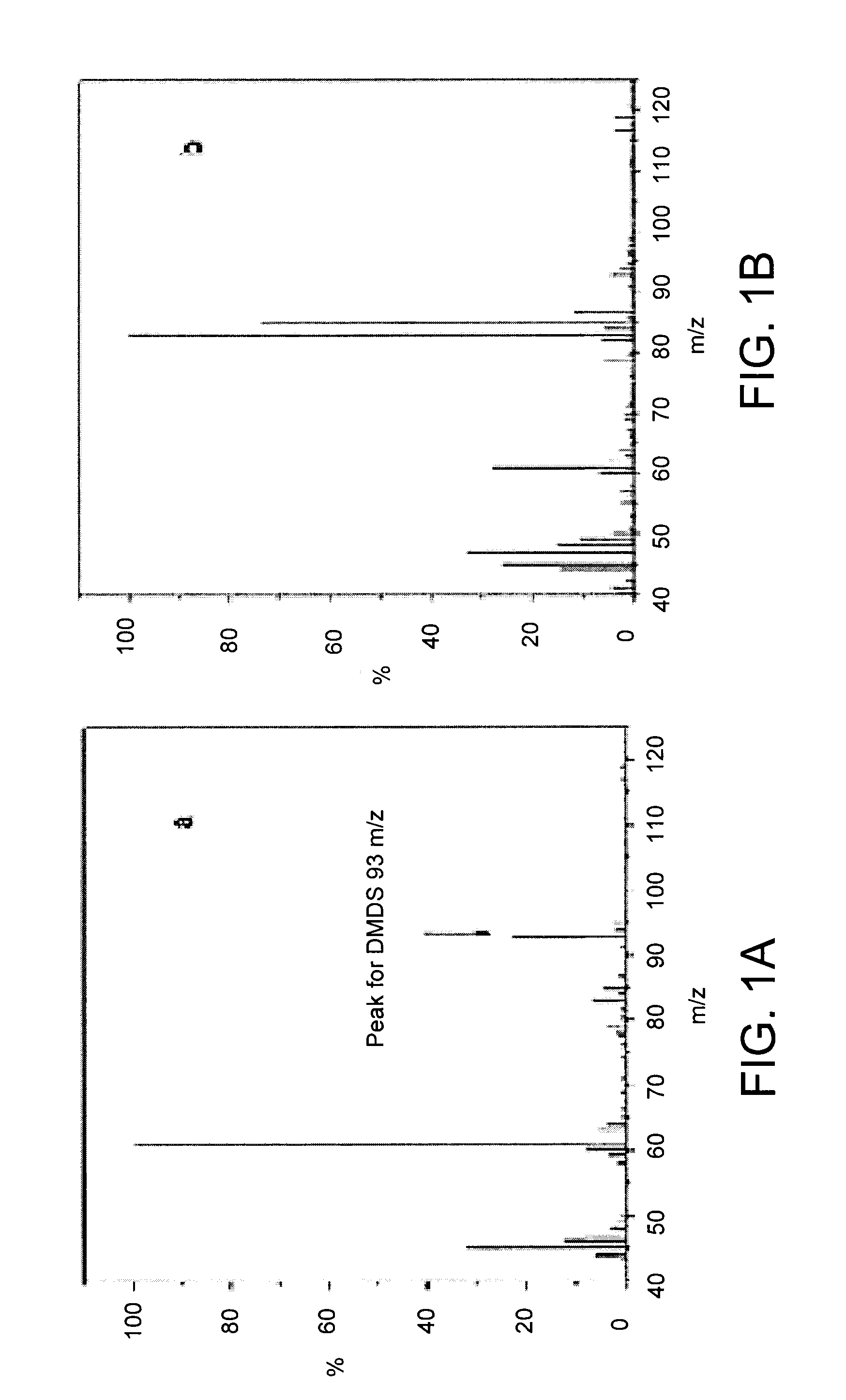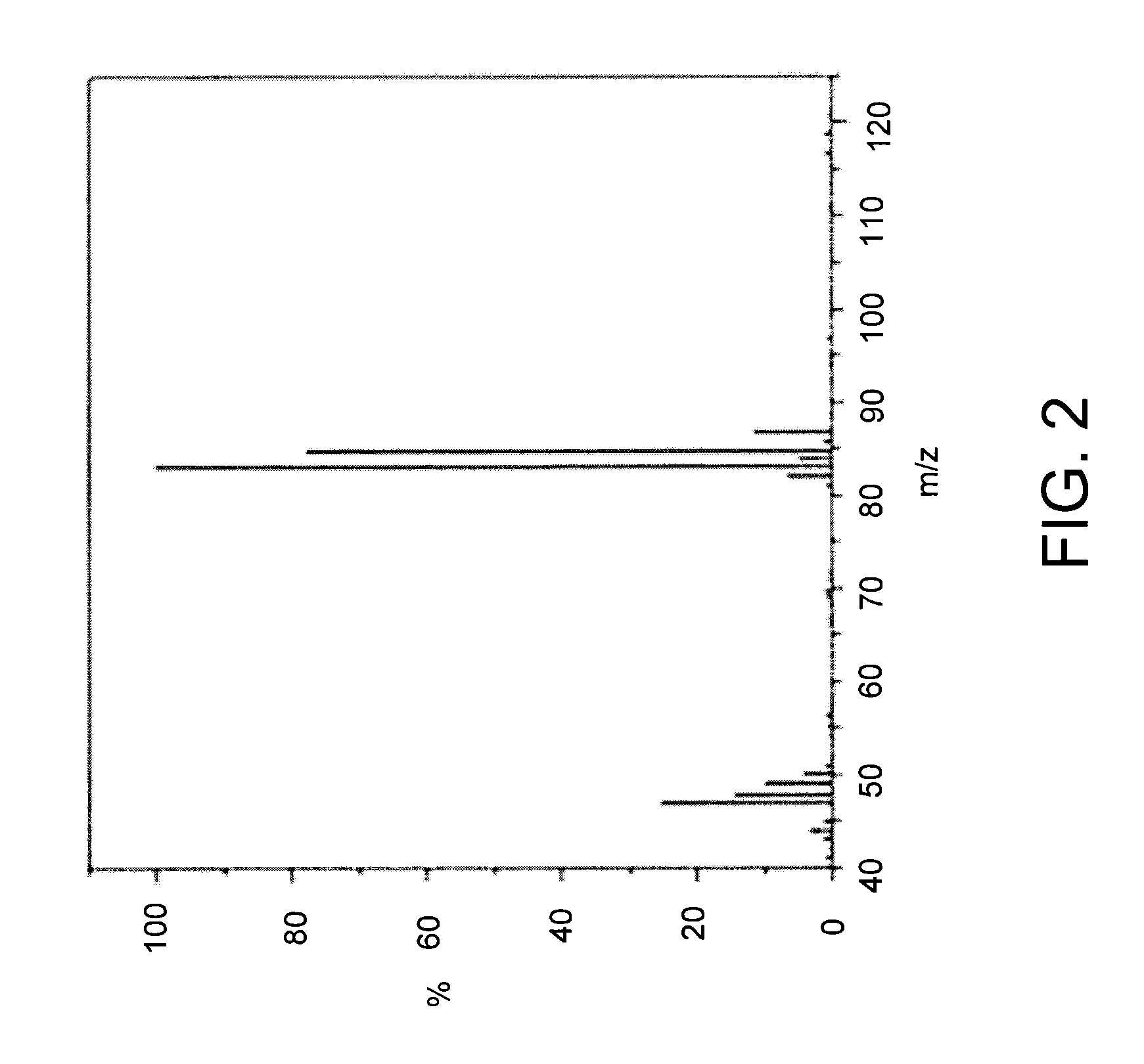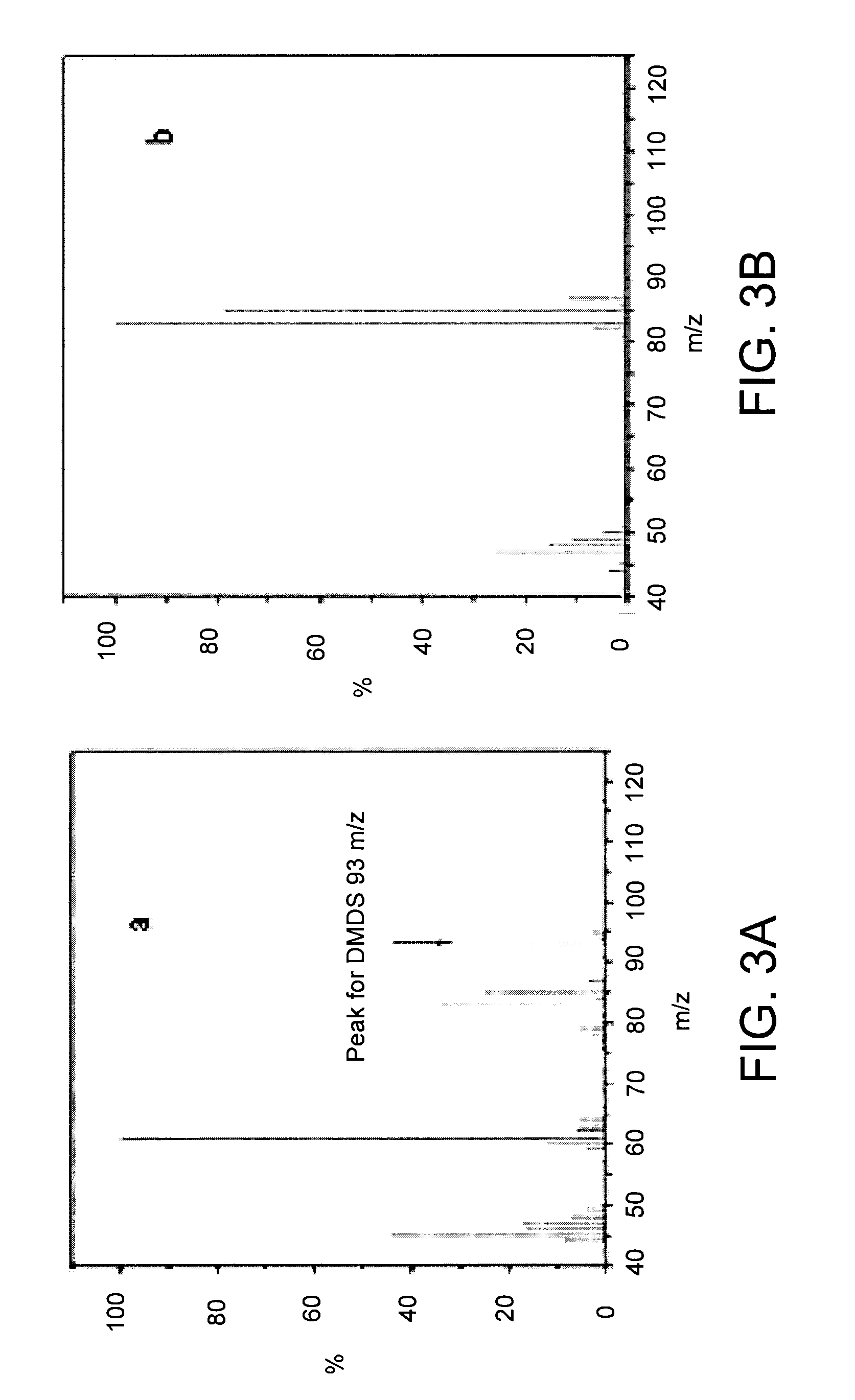Multifunctional silica-based compositions and gels, methods of making them, and methods of using them
a technology of compositions and gels, applied in the field of multifunctional silica-based compositions and gels, methods of making them, can solve the problems of high infectious disease, severe problems, and damage to the citrus industry and economy
- Summary
- Abstract
- Description
- Claims
- Application Information
AI Technical Summary
Benefits of technology
Problems solved by technology
Method used
Image
Examples
example 1
CuSiNG Material and Properties
[0070]Laboratory-based experimental data confirmed the following: (i) much improved antibacterial properties of CuSiNG material in comparison to controls, Kocide® 3000 (a DuPont product; Cu hydroxide material) and Cu sulfate, (ii) exceptionally strong adherence property to the citrus leaf surface in comparison to controls and (iii) improved surface coverage, uniform throughout, upon spray application. Based on materials characterization data (High Resolution Transmission electron Microscopy and Selected Area Electron Diffraction patterns), it is confirmed that Cu is present in silica nanogel (SiNG) matrix in two different forms and in two different oxidation states, crystalline Cu oxide (Cu+1 state) and amorphous Cu complex (Cu+2 state). The CuSiNG is thus a unique, nanotechnology-enabled engineered nanomaterial. The disc diffusion assay confirmed that the CuSiNG material has the ability to diffuse out from the application location. This diffusion prope...
example 2
DMDS Loaded CuSiNG in Solution
[0071]In the present disclosure, DMDS and Cu co-loaded silica nanogel (DMDS-CuSiNG) based materials and related formulations are prepared. Multidisciplinary research is used to develop and study DMDS loaded materials, conduct a number of laboratory based bioassays to test the efficacy and perform field study to evaluate the efficacy in controlling HLB and citrus canker diseases.
[0072]The loading of DMDS in CuSiNG has been studied in solution state (as synthesized CuSiNG liquid formulation) and characterized by the Gas Chromatography-Mass Spectrometry (GC-MS). In solution state, loading of DMDS into CuSiNG material was carried out by directly adding DMDS into the aqueous reaction mixture that contains CuSiNG material. Stirring was continued to ensure uniform mixing of DMDS with the CuSiNG material. The reaction medium composition greatly facilitated direct loading of DMDS into CuSiNG material. After 24 hrs, DMDS-CuSiNG material was centrifuged and air-dr...
example 3
Loading of DMDS into CuSiNG in Dry State
[0075]Loading of DMDS in dry state using lyophilized CuSiNG powder was carried out by adding DMDS (100 μl neat) directly to CuSiNG (150 mg of vacuum dried powder) sample in a 20 mL glass vial. For a quick comparison purposes, we took 100 μl neat DMDS in another 20 mL glass vial (control). Both vials were kept side-by-side inside a laboratory fume hood to allow DMDS to evaporate at the same rate. After 3 days, we were able to smell strong DMDS odor from the DMDS-treated CuSiNG sample only.
[0076]Subsequently, chloroform is added to both vials and results are shown in FIGS. 3a and 3b. GC-MS spectra of DMDS added to dry CuSiNG lyophilized powder is shown in FIG. 3a. In FIG. 3b a control extract of DMDS is taken and performed GC-MS. As expected, characteristic DMDS peaks were obtained from DMDS-CuSiNG sample (FIG. 3a) and no such peaks from the control (FIG. 3b). The above preliminary experiments thus confirmed that CuSiNG material is able to load,...
PUM
 Login to View More
Login to View More Abstract
Description
Claims
Application Information
 Login to View More
Login to View More - R&D
- Intellectual Property
- Life Sciences
- Materials
- Tech Scout
- Unparalleled Data Quality
- Higher Quality Content
- 60% Fewer Hallucinations
Browse by: Latest US Patents, China's latest patents, Technical Efficacy Thesaurus, Application Domain, Technology Topic, Popular Technical Reports.
© 2025 PatSnap. All rights reserved.Legal|Privacy policy|Modern Slavery Act Transparency Statement|Sitemap|About US| Contact US: help@patsnap.com



